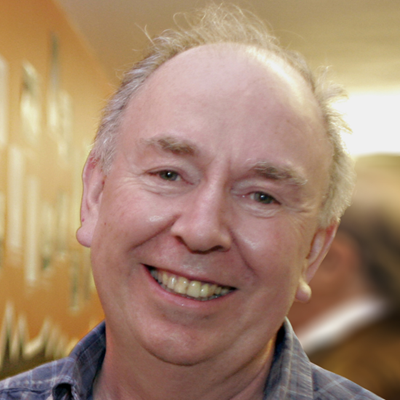This page is archived
Links to external sources may no longer work as intended. The content may not represent the latest thinking in this area or the Society’s current position on the topic.
Pandemic influenza
Organised by Sir John Skehel FRS and Professor Neil Ferguson
This one day international meeting to discuss pandemic influenza will look in turn at where influenza viruses come from, how they spread, what they look like and how humans respond. The discussion will also include the global response to the new H1N1 virus.
Audio recordings are now available below.


